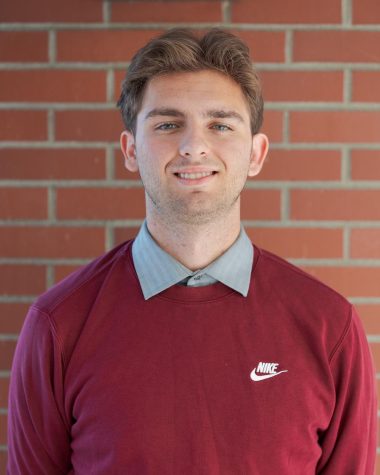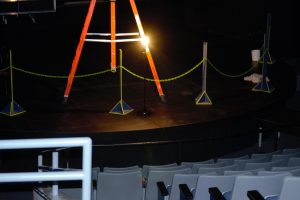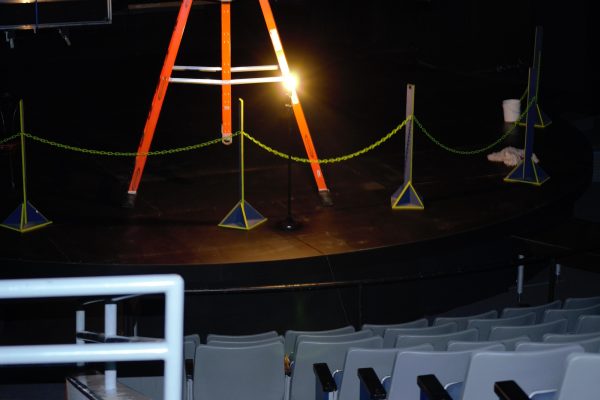Social distancing breaks down during orientation, administration reacts
Administration reiterates guidelines, presents possibility of penalties for future violations
September 14, 2020
First year and transfer students moved to campus on Thursday and Friday, Sept. 10 and 11. Orientation continued over the following days, hosting events and meals for the students.
On the afternoon of Saturday September 12, new students were encouraged to go to Eaton Hall and pick up snacks as a part of the orientation schedule.
Despite emails and orientation sessions asking for students to adhere to strict social distancing guidelines at all in-person events, a crowd of students closely lined up outside of Eaton, failing to adhere to social distancing guidelines.
This incident caught the attention of many around campus, and brought to the forefront of Seattle Pacific University’s issues with enforcing social distancing measures during move in and orientation.

Campus administration and orientation leaders changed the snack pickup that was scheduled for Saturday night and instead distributed snacks to each dorm lobby for a decentralized pickup process.
Administration has reviewed the protocols with students in subsequent emails and meetings and they discussed with Resident Advisors and orientation leaders how to move forward with the enforcement. Students will be asked to follow guidelines much more closely or risk losing future in-person events.
“It’s a reality check for us to take a look and say ‘hey, given what we are seeing and given what our students are really experiencing as we’re trying to learn how to interact with each other we need to take a look and see what’s possible,’” said Dean of Student Life Chuck Strawn in a meeting with new students and orientation leaders about COVID guidelines.
The incident on Saturday raised many questions about how students are conducting themselves on campus during the COVID-19 pandemic. The SPU administration created social distancing guidelines to limit the spread of the disease, but enforcing those rules has proven to be challenging. Orientation leaders were not given the power to write incident reports and most Resident Advisors, who do have that power, did not participate in orientation activities. Orientation leaders were advised to try to enforce but were given no power to formally reprimand.
“I think a lot of us were a little confused… why SPU faculty didn’t inform students about proper social distancing and how that fell on our shoulders,” said Orientation leader Reagan Watson. “We were told to enforce and I think we can only carry so much when it comes to that.”
School administration has sent out emails to new and returning students explaining the protocol for on campus activities.
However, the administration presents conflicting guidelines. The email sent out by administration prior to orientation outlined social distancing procedures, but on the Seattle Pacific University official website under the orientation page, there are no suggestions made regarding guidelines to safe social distancing practices except for a recommended but not required self-quarantine 14 days before arriving on campus.
Orientation is typically the first time for students to create connections and familiarize themselves with their new surroundings. COVID-19 is a significant barrier to creating connections on campus with new social distancing guidelines in place. These include a ban on eating at Gwinn Commons with anybody other than a roommate. Students in Ashton and Hill Hall, traditional-style dorms, do not have roommates as such are required to eat alone in Gwinn.

“I think that the school definitely put in enough policies that social distancing and being on campus is possible but I think some of the incoming freshmen are just excited to meet people and they’re not like following all the guidelines properly,” explained first-year student Libby Bradford.
Seattle Pacific will be holding students accountable through incident reports and fines following repeated failure to follow distancing guidelines and/or mask mandates.
“What I’m looking for is how are we interacting with each other on campus — if it’s a space where we can be together in a larger space and not be all up in each other’s business, then that informs our ability to do some things with groups of maybe 10 or 20,” said Strawn.
“If it’s something where we can’t do that, then you know, alright everything’s going to have to be virtual… we have to deal with the realities that we have.”

























































































